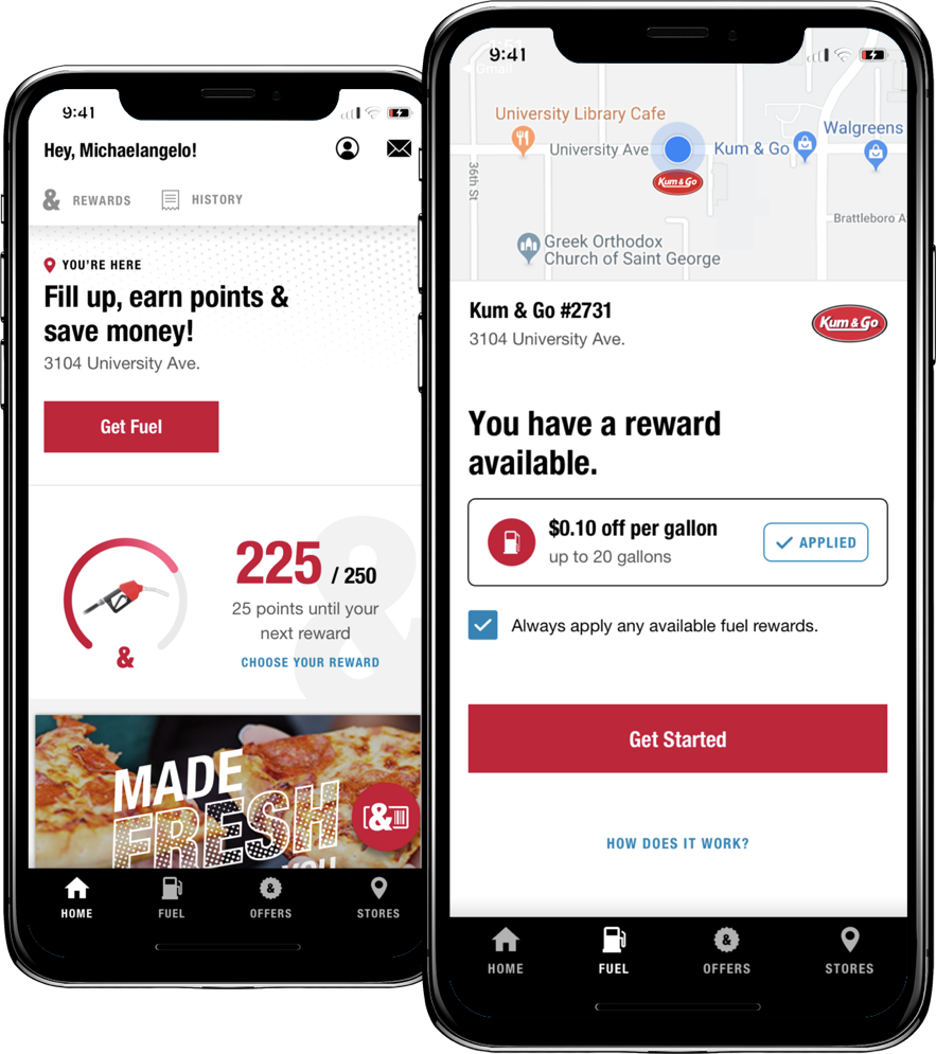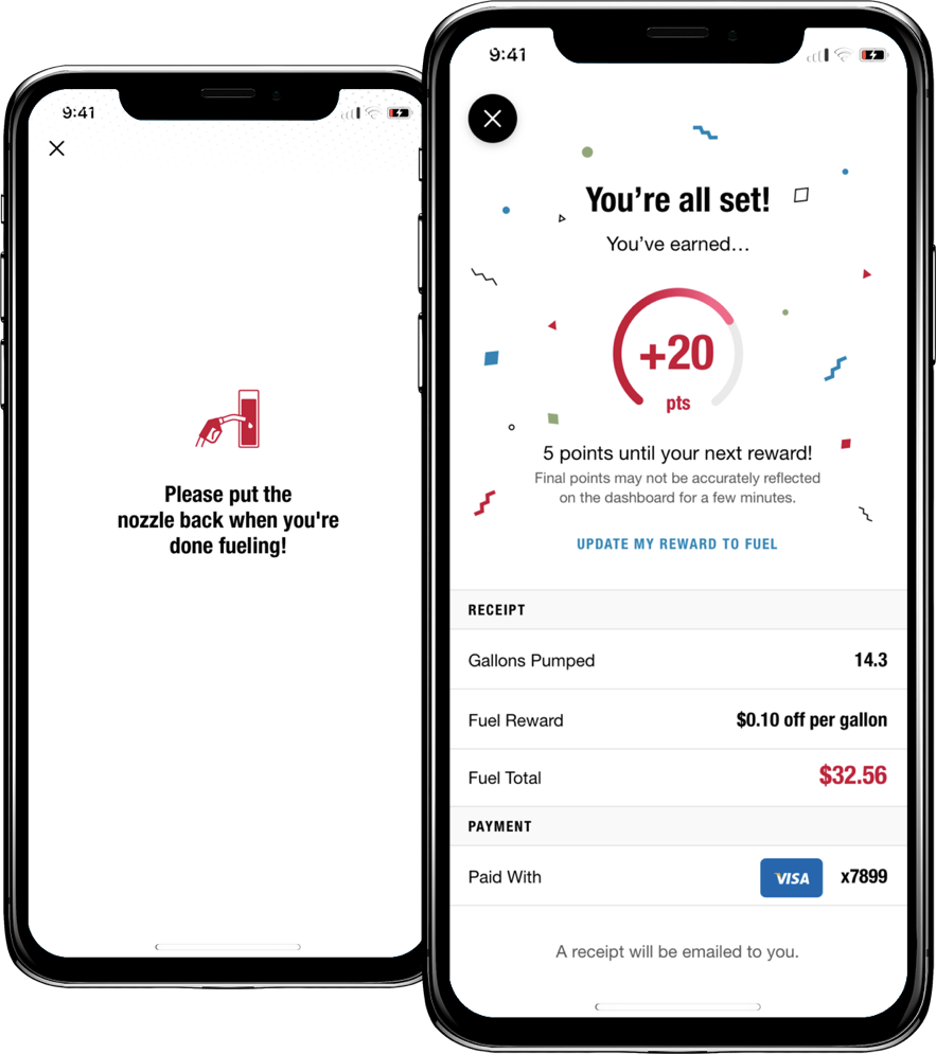When you begin imagining the possibilities of applying technology advancements to traditionally low-tech experiences, like fueling your vehicle, it’s not hard to quickly uncover some really nice user upgrades. Who wouldn’t appreciate sitting in an air conditioned car a few minutes longer on a hot day, or on the flip side, being able to stay warm when the temperatures plunge below freezing, all the while still getting the gas you need to help you complete your commute or get started on your vacation? And then there’s the safety and cleanliness of using a shared credit card terminal - removing that touchpoint would certainly be a valuable improvement.
Despite these possibilities and the evolving expectations of consumers for more digital, contactless, and convenient experiences, fuel technology has remained largely unchanged for decades. However, when you start to think outside of the standard experience, new and innovative ways to make fueling up better begin to emerge.
And that’s exactly what Kum & Go set out to do.
As a forward-thinking company, Kum & Go, a chain of convenience stores and gas stations in the Midwestern United States, constantly listens to their customers. Dedicated to their vision to Make Days Better, Kum & Go decided to introduce new features that would upgrade the fueling experience.
To do this, Kum & Go partnered with Mobiquity to create a Mobile Fuel Pay solution in their existing mobile app.
This new program, along with their commitment to evolving and catering to the needs of their customers, proved to be fruitful when the pandemic reared its ugly head. By laying the groundwork that would be necessary to provide a contactless service during the COVID-19 pandemic and beyond, Kum & Go released a just in time solution for its loyal customers.

Soliciting customer feedback was the first step in designing a better fueling experience. There were a few common themes that Kum & Go heard from their customers that they were looking to resolve with the introduction of Mobile Fuel Pay:
These were just a few of the driving factors for initiating a mobile fuel pay program. Kum & Go knew they could exceed customer expectations by implementing contactless fuel pay.
To create the Mobile Fuel Pay program, Mobiquity worked together with Kum & Go to create a strategy that included:
“At Kum & Go, we push the state of the art for convenience at the pump,” said Kum & Go Vice President of Fuels, Ken Kleemeier. “The Kum & Go app helps customers Fuel Better by linking the gas pump with the mobile phone, allowing us to radically streamline the process of fueling up, while also seamlessly integrating with the &Rewards program. Kum & Go uses technology to elevate the entire experience. It’s putting the convenience back in convenience store.”

After creating a strategy and plan, the Mobile Fuel Pay solution was launched. Here’s how it works:

Above all else, Kum & Go wanted the Mobile Fuel Pay program to be useful for their customers. They released their in-app fuel payment feature in May 2020 and initial feedback suggests they did just that. Users have reported that:
And while this work was already underway before COVID-19, the timing of its release provides even greater benefit to customers in the midst of this global pandemic: the ability to remove one touch point in their daily routine. In addition to positive customer feedback, recent research has indicated that contactless payments are an increasingly popular offering. Research from Mastercard found that 50% of consumers worry about the cleanliness of credit card keypads. Forrester research[1] supports consumer interest in digital payments, finding that among consumers in the US, 35% say they will continue using this method post COVID-19.
Kum & Go is proud of everyone involved in creating the product, especially their store associates who are supporting, promoting, and bringing Mobile Fuel Pay to life every day in their stores. By providing a contactless payment option for COVID-19 and beyond, Kum & Go has truly succeeded in their goal of making days better.
[1] Forrester Analytics Consumer Technographics COVID-19 Survey (Wave 2), 2020 (May 8-15) (US).

.png)